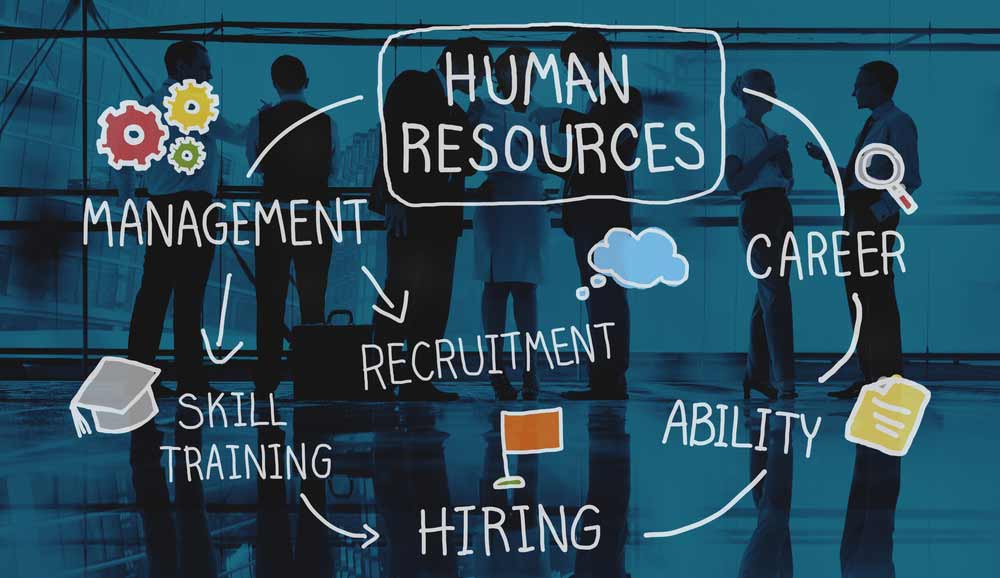Selection And Recruitment
Recruiting and choosing the best applicants to join the organisation is a major job of the HR department. People are the heartbeat of an organisation, and finding the right fit is a crucial part of the process.
When a new position is created or perhaps an existing position becomes available, it is common for employers to begin looking for new employees to fill the void. It is at this point that HR begins searching for potential candidates. HR can utilise a variety of selection instruments in this phase to locate the most qualified candidate. Interviews, assessments, reference checks, as well as other ways of recruiting are included in this category.
HR may use pre-selection methods when there are several candidates. Using these techniques, you can sort out the good prospects from the bad. Next, the candidates are interviewed and given a more thorough evaluation.
Management Of Performance
Performance evaluation becomes critical as soon as staff are on board. The second pillar of human resources is performance evaluation. In order to improve the company’s bottom line, it focuses on assisting employees to be become themselves best selves at work.
The majority of the time, employees are assigned a certain set of tasks to do. The goal of performance management is to provide employees with a framework for receiving feedback on their work and using that feedback to improve their own performance.
Some examples are formal each performance assessments, instruments for 360-degree evaluations that include feedback from coworkers and clients as well as other relationships, and more casual forms of evaluation.
Typically, firms use a yearly cycle of performance management to plan, monitor, review, and reward employee performance throughout the year. As a result of this procedure, employees might be categorised as high or low achievers, as well as high or low-potential personnel.
HR and management share the burden of effective performance management, with HR providing support and the direct manager taking the lead. The importance of effective performance management cannot be overstated. The efficiency, durability, and profitability of a firm can be increased by empowering employees to their full potential. It is possible that employees who repeatedly fail may not have been a perfect fit for their position or the company’s culture. It is possible that these employees will have to be laid off.
This is also a fundamental duty of HR.

The Process Of Acquiring New Knowledge And Skills
People’s personalities are shaped by a variety of factors, including their upbringing, their country of origin, and their time period. Learning and development in HR helps employees keep up with the rapid pace of business, technological, social, and regulatory change.
An employee’s education and training helps him or her hone his or her skills. Organizations’ long-term goals are often best achieved with the support of HR in the area of learning and development (L&D).
Many companies have established budgets for learning and development (L&D). As a result, high-potential workers are often given more skills training than their less-talented counterparts. People can come to a company with a wide range of education and work experience. It is via L&D that employees are able to fill in skill gaps and progress from followers to leaders. The 9-Box grid is a well-known system for linking performance management and learning and development activities. The HR department and managers might recommend different development programmes based on employees’ performance and potential ratings.
Planning For The Future
Planned contingencies are put in place in event of a key employee’s departure. You can save money and time by having a successor ready for a critical senior manager who quits, for example.
Succession planning is typically based on performance evaluations and learning and development efforts. A talent pipeline is formed as a result of this. This is a list of eligible individuals who can step in to fill open posts at the senior level should a vacancy occur. It is essential to cultivate and maintain this pipeline in order to effectively manage employees.


